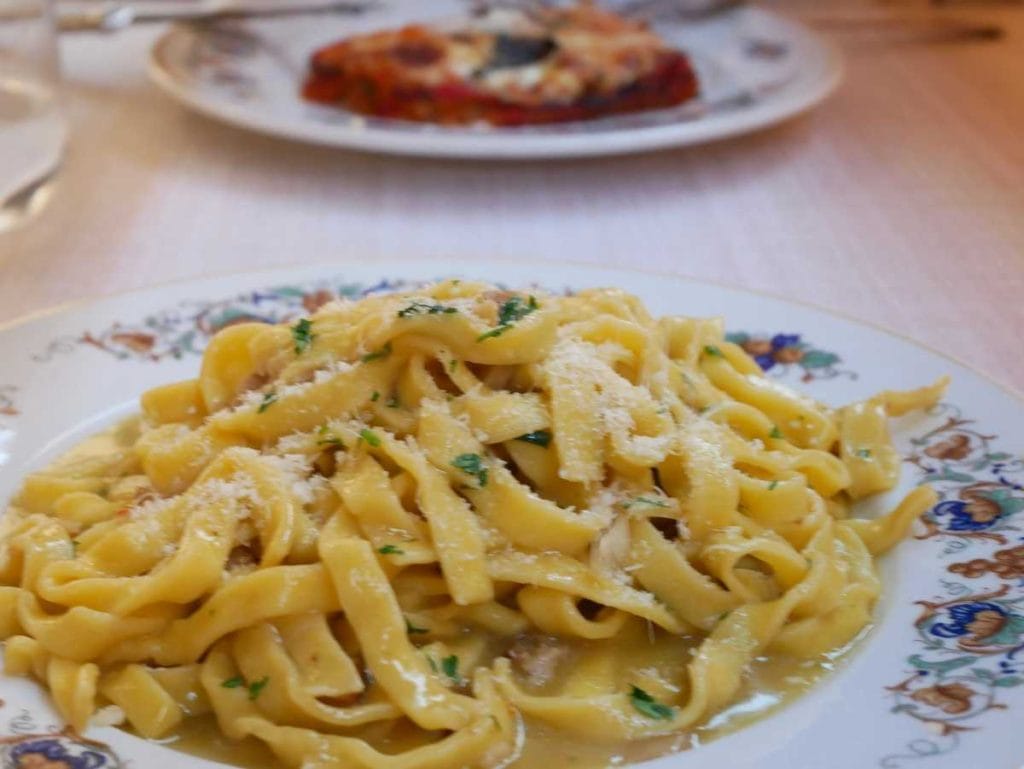Pasta is more than just a food item in Italy; it’s a symbol of the country’s rich culinary heritage and a cornerstone of its culture. The global love for this simple yet versatile food has roots that run deep, stretching back centuries and intertwining with history, family traditions, and a way of life known as “Dolce Vita”—the sweet life.
From Roman Streets to Family Tables
For many, the journey into the world of Italian pasta begins with a simple dish. It can start with a plate of spaghetti Bolognese in a small Roman eatery, a seemingly small event that leaves a lasting impression. This initial encounter, however, is just the beginning of a deeper appreciation.
The story of pasta is inextricably linked to the Italian family. It’s a daily ritual, a centerpiece of social gatherings, and a dish that represents comfort and community. Lunch in a traditional Italian family factory isn’t just a meal; it’s a two-hour break where important matters are discussed. Here, the simple act of a grandmother making tomato sauce from scratch for a shared pasta lunch is a powerful testament to the enduring bond of family and tradition.
A Dish of Mystery and History
While everyone associates pasta with Italy, its true origins are a fascinating subject of debate. The popular tale credits the legendary explorer Marco Polo with bringing noodles back from China in the 13th century. However, historical evidence suggests that pasta, or a form of it, existed in the Mediterranean region long before his travels.
Some historians point to evidence from the 12th century, where an Arab trader described a food item in Sicily made from flour in the form of strings. This suggests that pasta may have made its way to Italy via nomadic Arab traders or through the Silk Road. Regardless of its exact origin, Italy took this humble food and made it its own, developing unique preparations and varieties that have become a staple in kitchens worldwide.
Pasta’s Global Domination
The global rise of pasta can be attributed to several factors. In the late 19th century, the term “al dente” (“to the tooth”) was coined, capturing the perfect texture and solidifying a key element of Italian pasta preparation. This creative artistry, combined with large-scale Italian immigration, helped spread the love for pasta far beyond its native country.
Italian immigrant communities, particularly in the Americas and Argentina, carried their culinary traditions with them. This cultural exchange ensured that pasta became a beloved part of new cuisines and a symbol of Italian identity abroad. Today, Italian restaurants and gelaterias can be found in nearly every city, a testament to pasta’s enduring popularity. While some commercial versions may stray from authentic Italian techniques, the demand for this versatile food continues to grow.
Italy remains the world’s biggest consumer and producer of pasta, with an impressive average of 25 kilograms consumed per person each year. For Italians, pasta is more than just a main course; it’s the “primo” or first course, an essential part of every meal.
From a student’s first encounter to a connoisseur’s deep dive into regional variations and family recipes, the story of Italian pasta is a journey of discovery and a celebration of life. The next time you enjoy a plate of pasta, remember the tradition, the history, and the love that goes into every strand.


